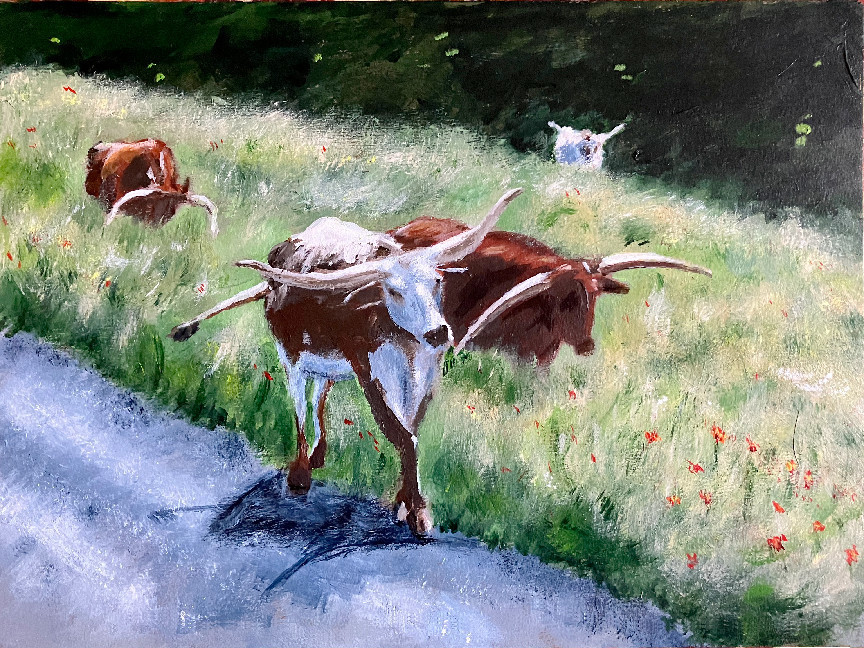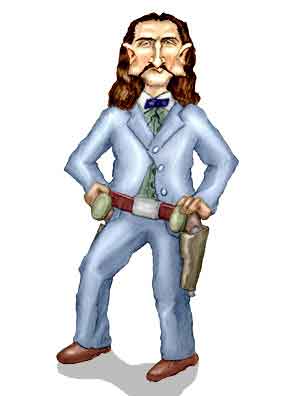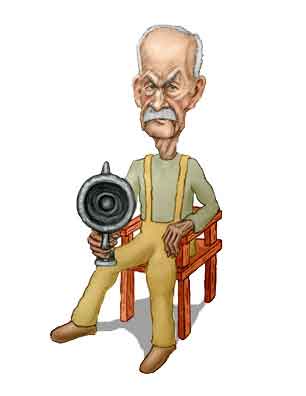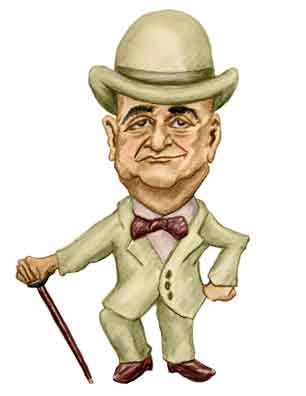Longhorn Cows

It's a bit confusing when reading about cows - "cattle" seems to be the preferred term. On the one hand we read cattle are of the genus bovus and the species is taurus. But then we read the species is also indicus.
Actually the indicus stuff refers - not surprisingly - to the cattle from India, zebu cattle, commonly referred to as the Brahman. They are characterized by a distinctive and prominent hump on the shoulders. Taurus refers to cattle hailing from Europe.
It is well established that the Texas Longhorn Cows - although these particularly beasties are from Pennsylvania - are descended from the first cattle brought over on the expeditions of Christopher Columbus. So they are bos taurus. But the oddity is that Texas bovines look so different from those of the Iberian Peninsula. Actually the Texan cattle looks most similar to the Spanish Cachena breed which in turns has a similarity to the African cows often called Watusi or Masai cattle. Ultimately the Spanish cattle got loose and began living wild in the American Southwest.
Differentiation of cattle by horn size goes back to the Ancient Egyptians. They had cows with long horns, short horns, no horns, and cattle which look like the indicus. The latter seems to have arrived in the New Kingdom - the time of King Tut - by way of Syria.
It's natural but not correct to think that all American cattle were descended from the longhorns. Angus came from Scotland, Herefords from England, and Holsteins from Holland. The reasons for the importance of longhorns in American history is one of practicality. The longhorns were there for the pickin'. You could round 'em up and head 'em out. But the disadvantage - the long horns - slowly led to the shorter horned varieties gaining prominence.
Longhorns will always be associated with the cattle drives of the Old West. Of course, cattle drives have been around as long as there's been cattle. The Egyptians and Romans drove cattle. But when you think of a cattle drive you think of the Texas drovers - a preferred term to "cowboy" - where the men drove the cows from the ranches in Texas to the railroad centers in Kansas.
The cowtowns were famous for their rowdiness, and there was some truth to the image of the Texas cowboys coming in and shootin' up the town. To counter the periodic chaos the town governments would sometime hire famous gunfighters like Wild Bill Hickock, Wyatt Earp, and Bat Masterson as the city marshals.
The Cowtown Marshals

Wild Bill ...

... Wyatt ...

... and Bat.
Not coincidentally the heyday of the cattle drives corresponded to the heyday of the Old West, starting around 1866 and lasting until the early 1890's. The drives came to an end when railroads began extending their railheads into the cattle raising states.
But probably the first of the early drives was not - as you may think - that of Charles Goodnight and Oliver Loving on the Goodnight-Loving Trail in 1866. Instead it was by Thomas Candy Ponting who drove a herd of longhorns from Texas to New York City in 1853. Tom, though, did stop for the winter on his ranch in Illinois before proceeding to the Big Apple.
Of course, there's plenty of humor associated with bos taurus or bos indicus. Some are real knee-slappers:
Why did NASA select a cow as an astronaut?
They wanted to go to the MOOn.
Why couldn't the Holstein give milk?
It was an udder failure.
Why doesn't a rancher laugh at jokes about cows?
He's herd them all before.
References
The Longhorns, J. Frank Dobie, University of Texas Press, 1982.
"Decoding the Genetic History of the Texas Longhorn", Science Daily, March 25, 2013.
"Cattle in Ancient Egypt", Digital Egypt for Universities, University College London, 2002.
Ten Thousand Goddam Cattle, Katie Lee, Northland Press, 1976.
Life of Thomas Candy Ponting, Tom Candy Ponting, The Branding Iron Press, 1952.